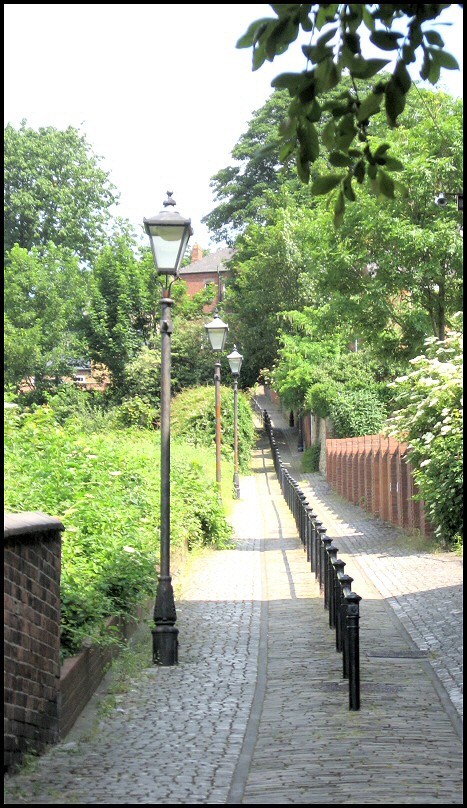Congress Says No Needle Exchanges Within 1000 feet of Schools, Parks and Libraries
Congress is set to restore funding to needle exchange programs so long as they are located at least 1000 feet from any areas where children might congregate (parks, schools, libraries, colleges etc.). Workers at needle exchange clinics say that the 1000 foot rule makes getting funding impossible.
Congress is set to lift a longstanding rule that prohibits federal funding for needle exchange programs. This should be good news for those in the harm reduction business, but it’s not.
Although harm reduction clinics that offer needle exchange programs (and often other health programs, such as AIDS testing, mental health services, medical care etc.) could make good use of some federal funding, a stipulation in the draft bill makes funding almost impossible to get.
Under the proposed new legislation, needle exchange clinics are eligible for federal funding provided they are located at least 1000 feet from any:
- School
- Park
- College
- Library
- Video arcade
- Any place where children gather
Those that run needle exchange clinics in urban centers say that the 1000 feet rule makes it virtually impossible to secure funding.
Raquel Algarin, who runs the Lower East Side Harm Reduction center in Manhattan, said that if she complied with the 1000 foot rule, “we’d probably be doing syringe exchange in the middle of the East River, and any exchange on the West Side would be in the Hudson River.’ How do you work that out?”
The World Health Organization has said needle exchange programs are effective in reducing the spread of HIV.
Rebecca Haag, of the AIDS Action Council in Washington says that the 1000 foot rule attached to the bill that reinstates funding to needle exchange programs “is simply instituting the ban in a different form. Clearly the intent of this rule is to nullify the lifting of the ban.”


